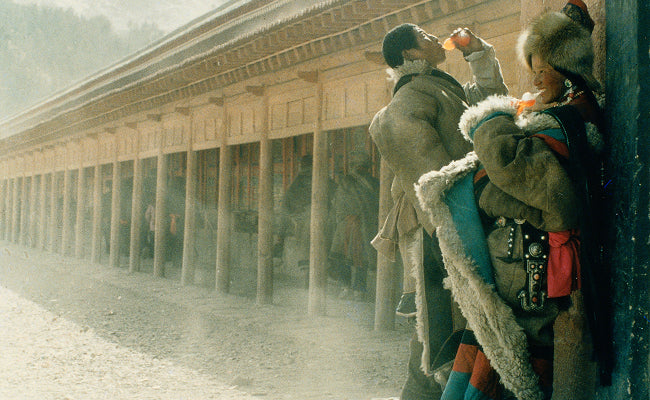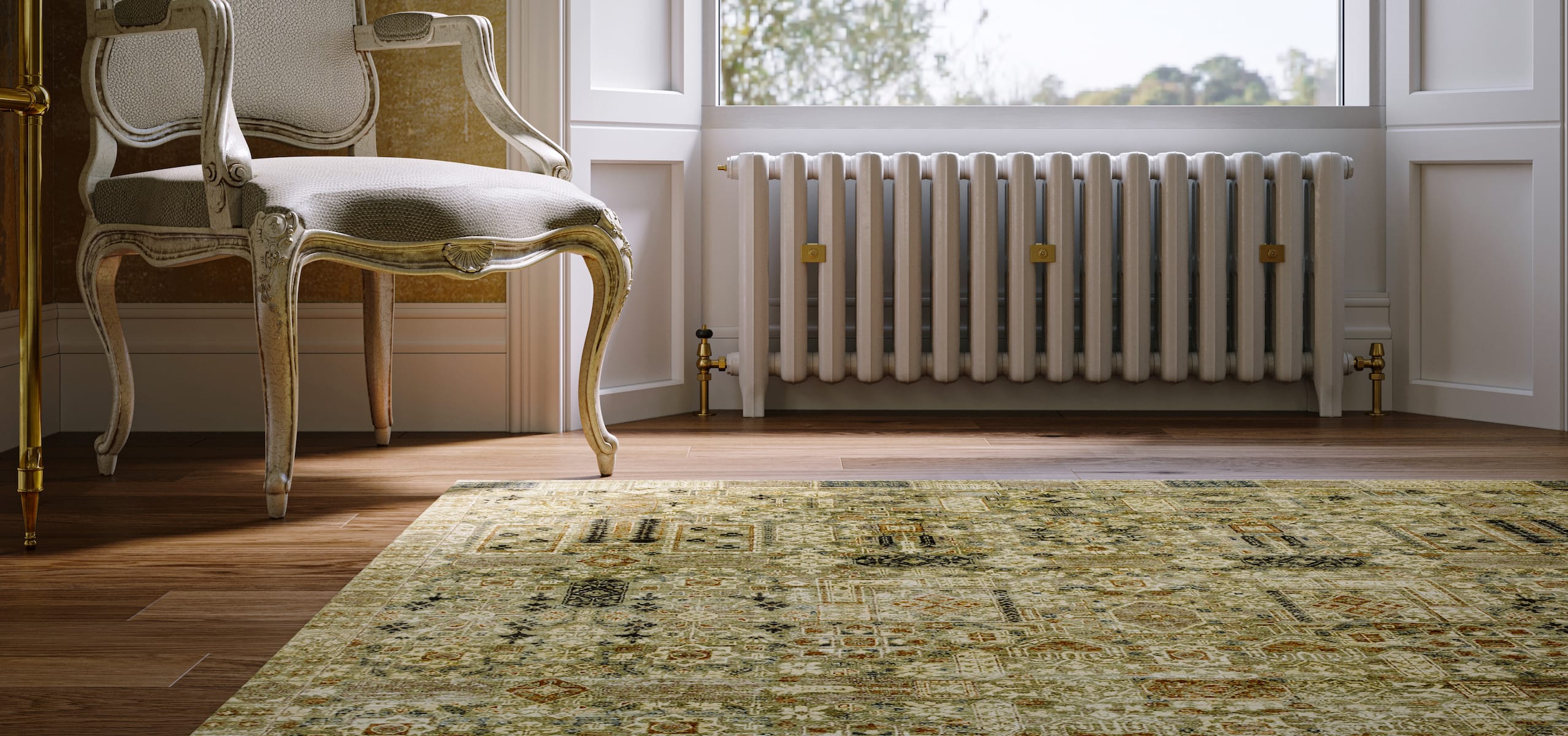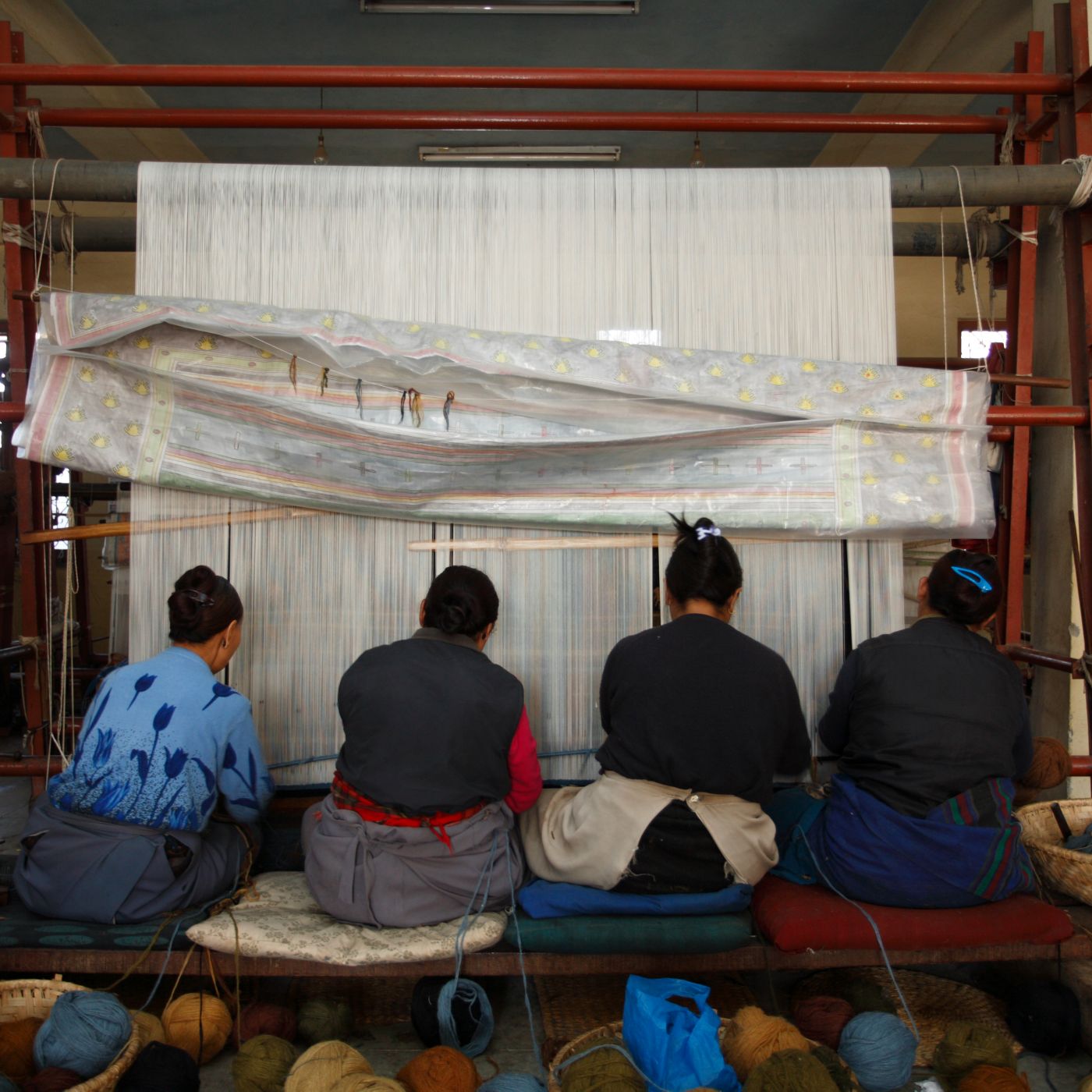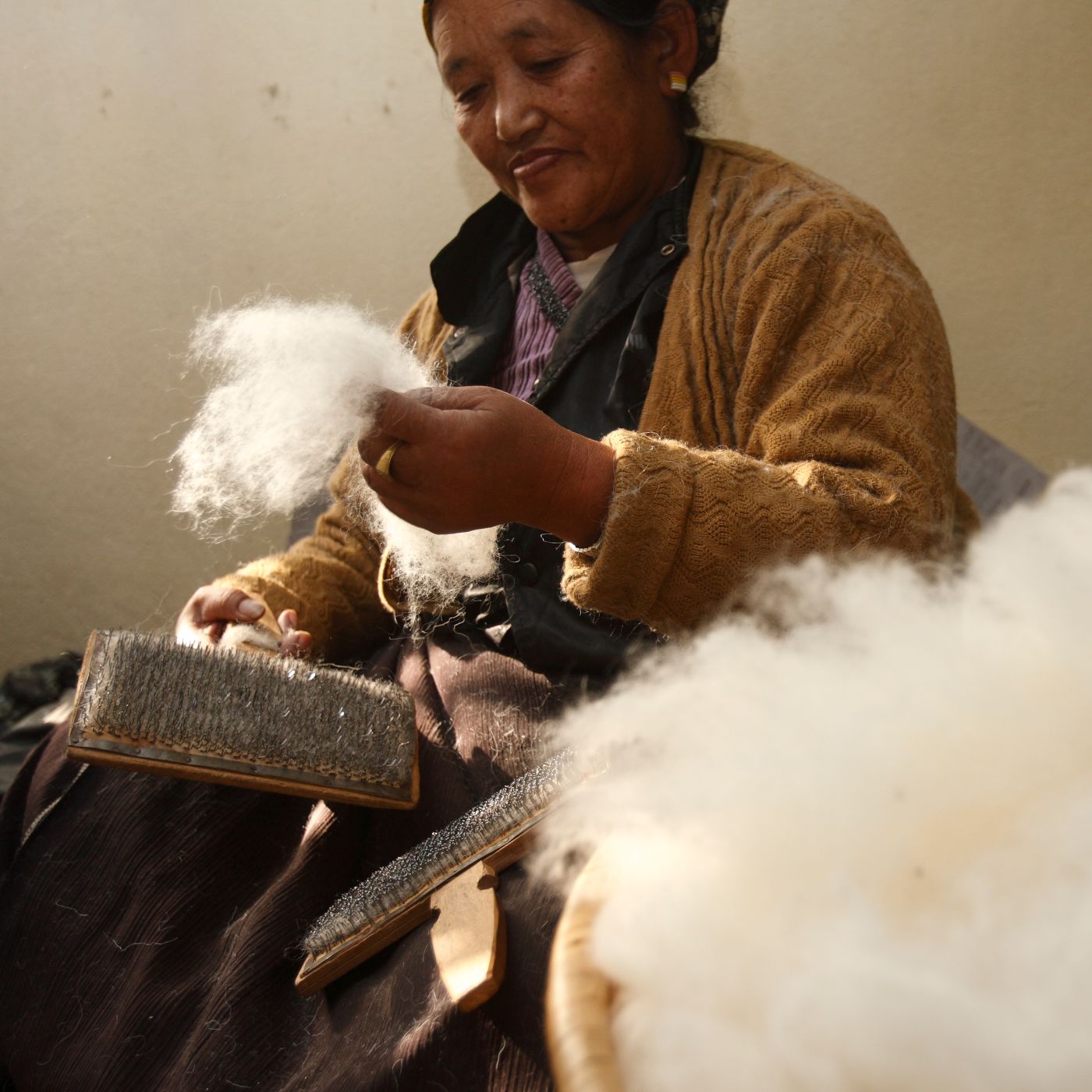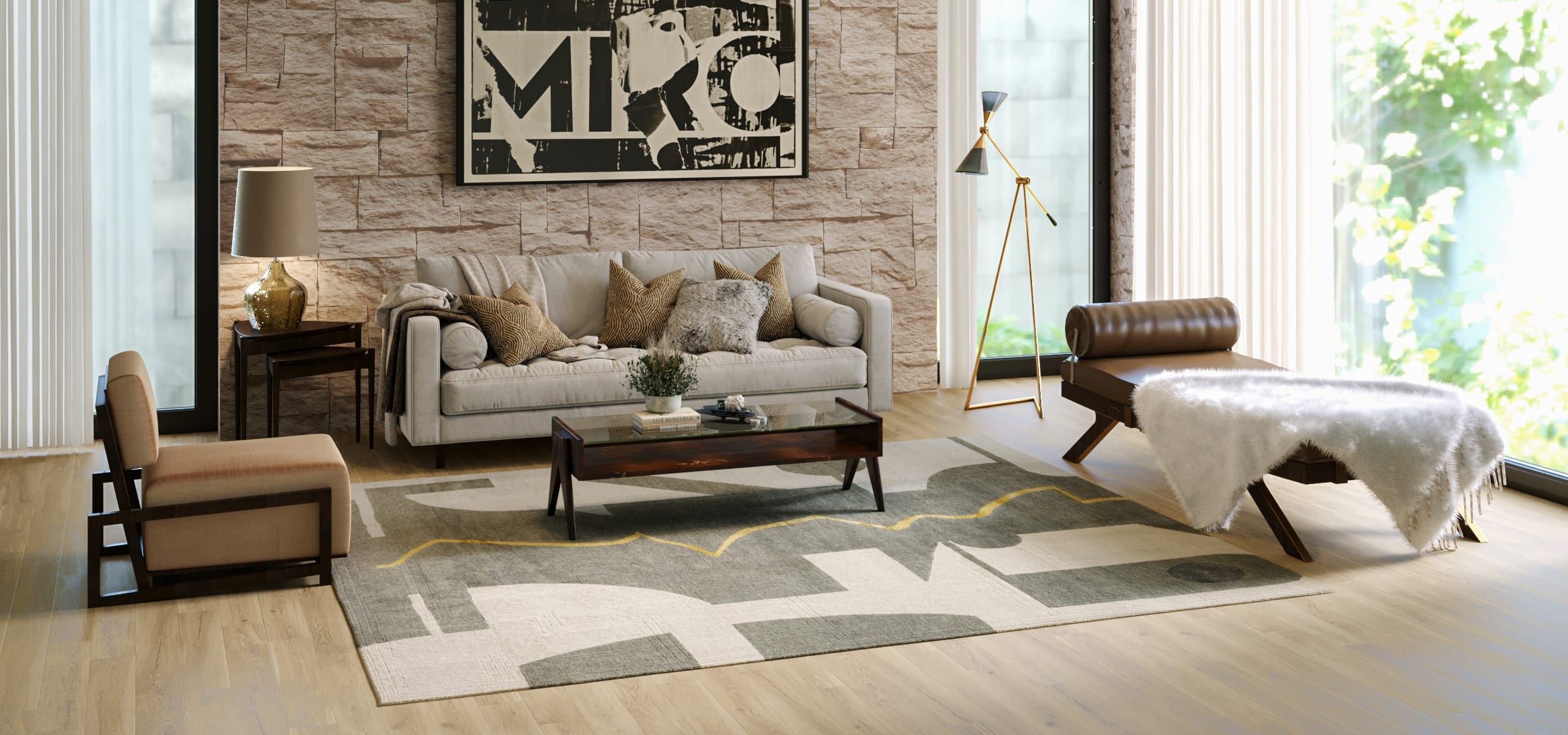
Hand-Tufted vs. Hand-Knotted Rugs: What’s the Difference?
Have you decided you want to buy a handmade rug?
As you shop online, are you having trouble understanding the difference between hand-tufted and hand-knotted construction?
Besides the price—hand-knotted rugs are more expensive—it can be difficult to tell these two types of rugs apart because they can have similar appearances.
However, with these tips from Tufenkian, you’ll become an expert at identifying the factors that separate hand-tufted rugs from hand-knotted rugs.
The Process
Though they may look alike, hand-knotted rugs and hand-tufted rugs are created by using different methods.
A hand-knotted rug is woven by hand on a loom. The weaver inserts knots into the rug and ties each of them by hand. This time-consuming, labor-intensive method of rug making makes the rug more valuable.
So, what is a hand-tufted rug? This type of rug is made by hand and tool. The rugmaker punches tufts through the back of a cotton canvas. The process isn’t as lengthy as the hand-knotted method and doesn’t require a high level of expertise.

The Back
Examining the back of a rug is an obvious way to differentiate between hand-knotted and hand-tufted construction.
Flip over a hand-knotted rug (or look for pictures of the back if you’re online), and you’ll see a mirror image of the front design. There’s no backing. You can alternate sides and not see any difference.
The back of a hand-tufted rug is a cotton canvas. It serves as support and also to cover the latex coating that’s holding the tufts in place.
The Fringe
One glance at the fringe of a rug will tell you whether it was made by hand-knotting or hand-tufting.
In a hand-knotted rug, the fringes are the ends of the warp threads and part of the carpet’s foundation. They form naturally and are critical to keeping the rug intact. The main purpose of the fringe is not ornamental—it’s structural. The fringe may be left visible or sewn into a binding strip.
In a hand-tufted rug, the fringe is glued or sewn onto the carpet. It’s not essential to the rug’s foundation. The fringe is added at the end of the process as decoration.
The Knots
The rug’s knots, or lack thereof, indicate whether you’re dealing with a hand-knotted or hand-tufted rug.
In a hand-knotted rug, you can see and count each knot. They’ll also be slightly uneven, further validating the rug was handmade. These tight knots will last for years without ever fraying or coming undone.
There are no knots in hand-tufted rugs. Over time, the tufts can be pulled out from the rug because they weren’t woven into the foundation like a hand-knotted rug.
The Durability
Looking for a rug that’s going to last for a lifetime? Your choice between hand-knotted and hand-tufted just became simple.
The strength of the knots and the durability of the material in hand-knotted wool rugs make them everlasting. If cared for properly, they can become family heirlooms. Hand-knotted rugs are eco-friendly, sustainable, and rarely discarded.
A hand-tufted rug will wear out much sooner than a hand-knotted rug. Expect this type of rug to last about ten to twenty years before you have to replace it. A hand-tufted rug is a better option if you’re on a budget or like to change your décor.

Hand-Tufted vs. Hand-Knotted Area Rugs
Now that you know what distinguishes a hand-tufted rug from a hand-knotted rug, you can feel confident moving forward with your buying decision.
The intense process of creating a hand-knotted rug increases its value, quality, and durability over a hand-tufted rug.
The large majority of our carpets are hand-knotted because we believe that’s the best way to make a rug. Learn more about our approach.
Ready to shop? Explore our hand-knotted wool rugs, silk rugs, and bamboo rugs online.




